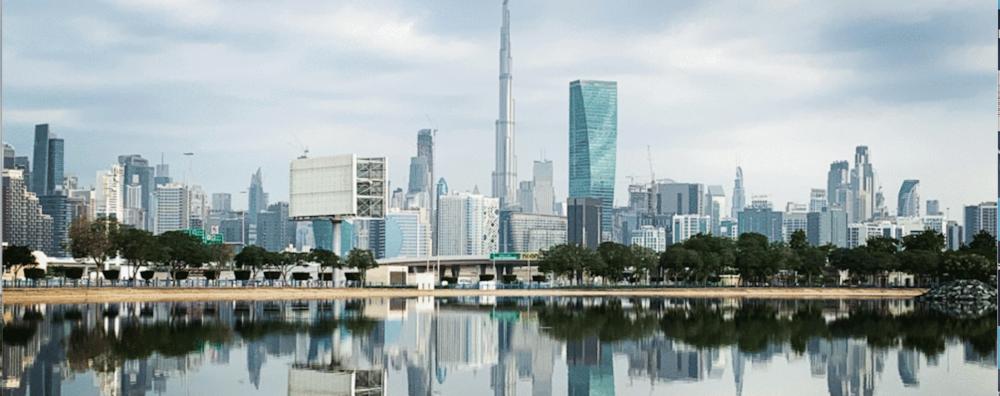It’s a trip that would be rude not to do from Dubai. Oman is right on our doorstep – you don’t even have to fly there. Except we did, thinking we’d save time (39-minute flight! It took far longer to board and taxi).
The first thing you notice on arrival is there’s none of the bling found in Dubai. Nor is it as organised. Passengers are herded to the long and winding queue for visas, and maybe because it was Friday, things moved slowly.
This could also be because, in Oman, people don’t rush like they do in Dubai. The pace of life is altogether more sedate – even the driving, which is (slightly) less aggressive, probably because there’s far less traffic on the roads.
We picked up our hire car and discovered that most parts of the city are easy to reach. Not far from the airport, you sail past the magnificent, sandstone Sultan Qaboos Grand Mosque – big enough to house up to 20,000 worshippers and famous for the enormous 8.5-tonne chandelier hanging inside.
Near our hotel, we came across another splendid building – the first opera house in the Gulf. Its opening in 2011 put the capital firmly on the map. Oman’s ruler Sultan Qaboos is passionate about classical music and his desire to develop this art form in the sultanate culminated in a classic Islamic-style Royal Opera House, made from Omani desert rose stone and stucco wall coverings, and surrounded by landscaped gardens.
Muscat itself is actually three smaller towns that have grown together over time: Muscat, the ‘walled city’ and site of the royal palaces; Muttrah, originally a fishing village; and Ruwi, the commercial and diplomatic centre. On our first evening, we drove into Muttrah as the sun set and the evening prayers got underway. At the old port, we saw the Sultan’s rather impressive super-yacht docked at sea, and admired the rows of traditional white homes with intricately carved balconies, stained glass art and elegant eaves.
Opposite the port is the ancient – and unmissable – Muttrah souk, where there are bargains to be had, especially sumptuous pashminas, gold jewellery, frankincense, spices and perfumes. “This is just like the Madinat – but real,” I found myself saying to DH, as hawkers touted their wares and I gazed at the stalls set up beneath gorgeous Islamic architecture.
The next day, we’d booked a speedboat trip to spot dolphins (and the occasional whale). This spectacle offers the opportunity to not only see some of the leaping pods of dolphins that live in the Gulf of Oman, but also to view the rugged coastline from the sea. For our boys, witnessing lively, grey bottlenose dolphins in flight was the highlight of our visit, while in my books, meandering along the coast taking in the craggy scenery was equally unforgettable.
No trip to Oman is complete without visiting a wadi – a (dried-up) riverbed and lush, green oasis of palm trees, grasses and flowering shrubs – so to round our day off we drove out to a wadi not far from Muscat, where we found at least a dozen car owners washing their vehicles with the trickle of clear, cool water.
I thoroughly recommend Oman for an authentic getaway. With its mountain ranges, dramatic landscapes, warm hospitality and old-world appeal, it’s a refreshing reminder of a bygone age and one of the best places in the Gulf to experience traditional Arabia.













